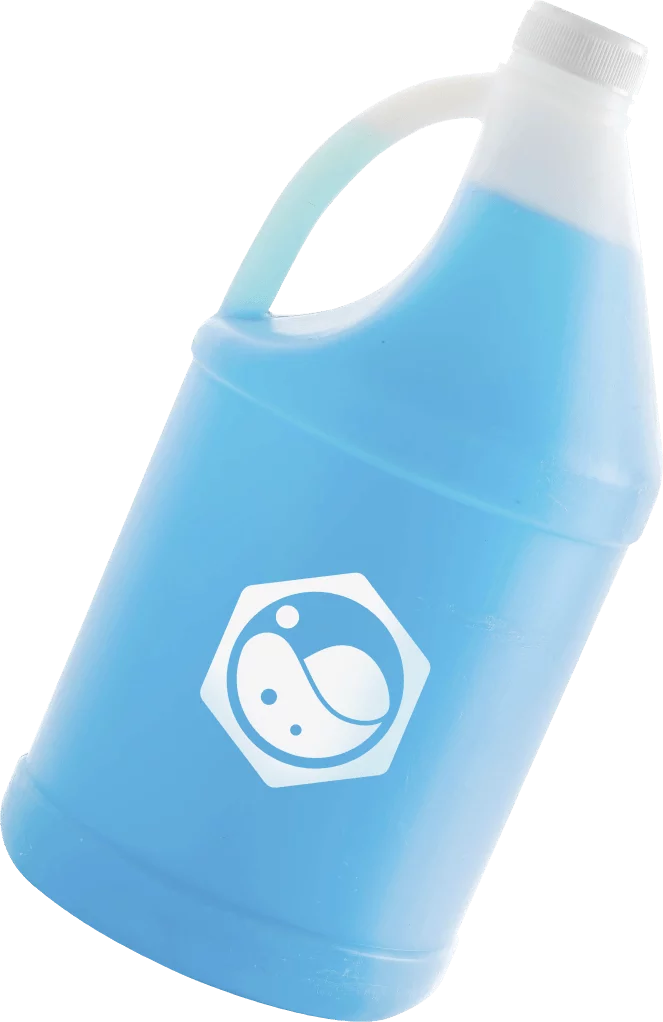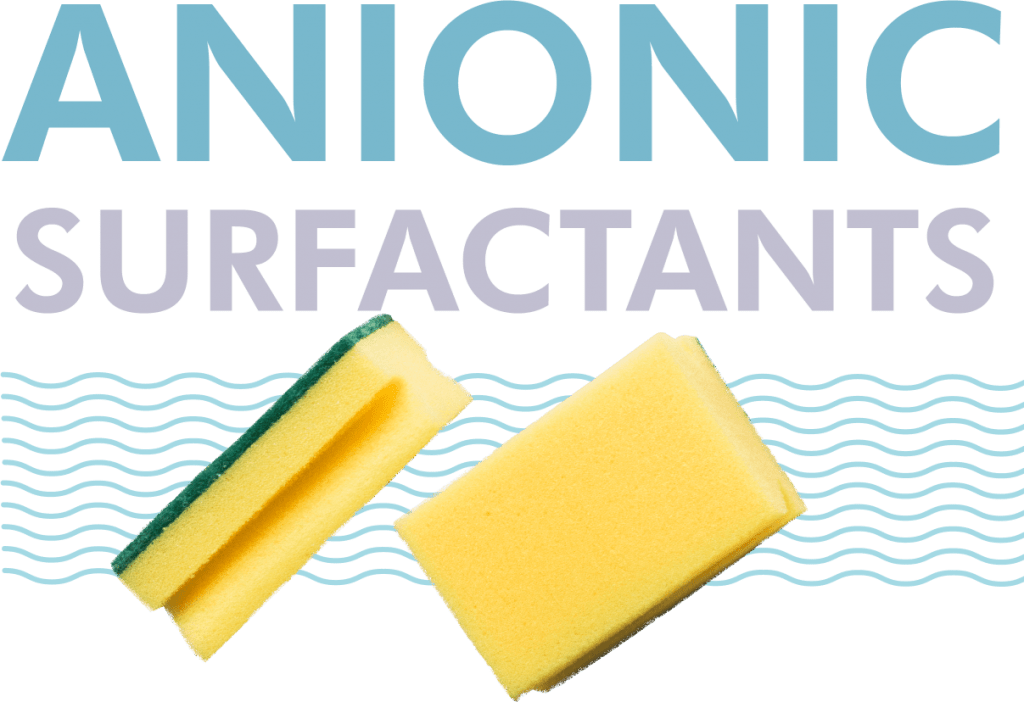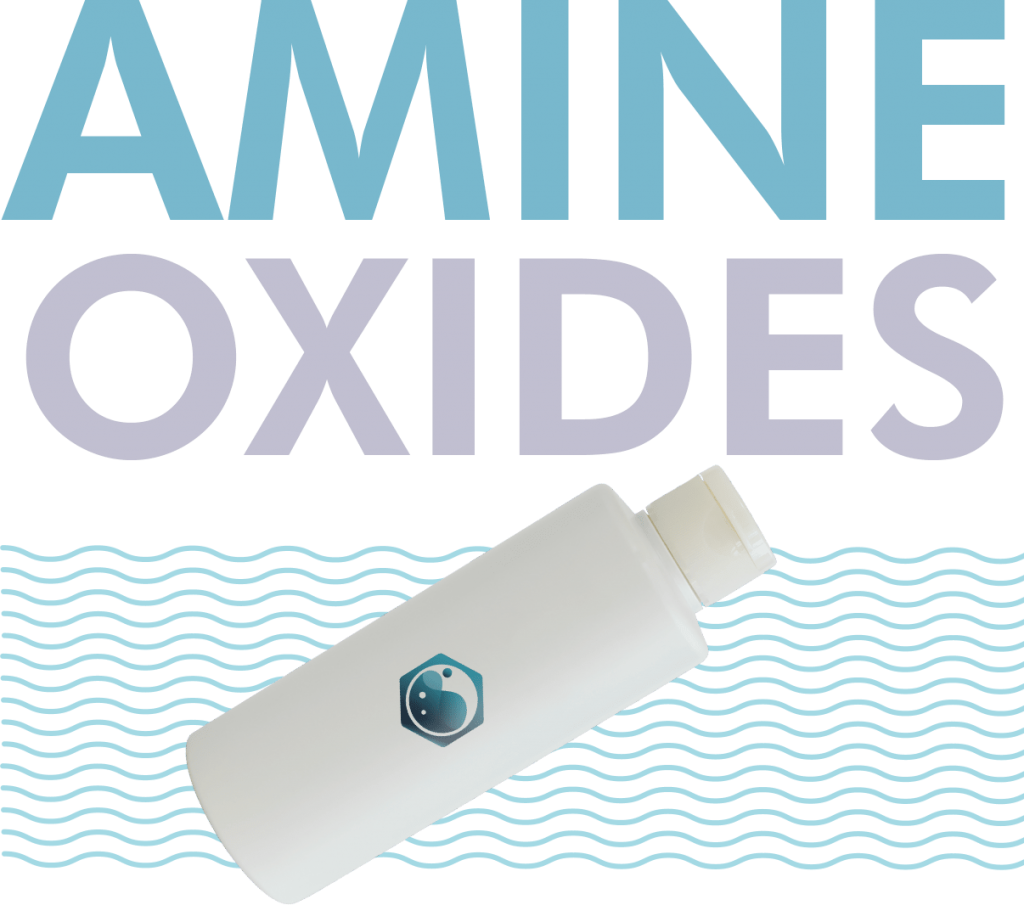




We at UCA aim to expand our services to include not only the products and services but also the R&D experiments, the new techniques, and most recent special blends that will shape the present of the surfactant industry locally and determine its position regionally and globally.
UCA distributes products directly from the most prestigious manufacturers, and provides valuable support to the local industrialists to reach a much deserved world class standards.
Have a negative charge on their hydrophilic end. The negative charge helps the surfactant molecules lift and suspend soils in micelles. Because they are able to attack a broad range of soils, anionic surfactants are used frequently in soaps and detergents. Anionic surfactants create a lot of foam when mixed. While anionic surfactants are excellent for lifting and suspending particulate soils, they are not as good at emulsifying oily soils.
Cationic surfactants have a positive charge on their hydrophilic end. The positive charge makes them useful in anti-static products, like fabric softeners. Cationic surfactants can also serve as antimicrobial agents, so they are often used in disinfectants.
Cationic surfactants cannot be used with anionic surfactants. If positively charged cationic surfactants are mixed with negatively charged anionic surfactants, they will fall out of solution and no longer be effective. Cationic and nonionic surfactants, however, are compatible.
Nonionic surfactants are neutral, they do not have any charge on their hydrophilic end. Nonionic surfactants are very good at emulsifying oils and are better than anionic surfactants at removing organic soils. The two are frequently used together to create dual-action, multi-purpose cleaners that can not only lift and suspend particulate soils, but also emulsify oily soils.
Certain nonionic surfactants can be non-foaming or low-foaming. This makes them a good choice as an ingredient in low-foaming detergents.
Amphoteric surfactants have a dual charge on their hydrophilic end, both positive and negative. The dual charges cancel each other out creating a net charge of zero, referred to as zwitterionic. The pH of any given solution will determine how the amphoteric surfactants react. In acidic solutions, the amphoteric surfactants become positively charged and behave similarly to cationic surfactants. In alkaline solutions, they develop a negative charge, similar to anionic surfactants.
Amphoteric surfactants are often used in personal care products such as shampoos and cosmetics.


Is the major anionic surfactants used in the market for household detergents, such as laundry powders, laundry liquids, dishwashing products and all – purpose cleaners, as well as other minor applications in a wide range of different industries.
Anionic surfactants are strong cleaning agents that show high surface activity, good viscosity response, strong wetting power and flash foaming property. It is biodegradable and is used as primary surfactants in household and industrial cleaning applications. It is also used in personal care products and can be easily formulated with other surfactants.
Anionic surfactant shows high surface activity, high foam ability, good viscosity response, low irritation property and excellent hard-water resistance. It is readily biodegradable and is used as primary surfactants in cosmetic and personal care products such as shampoos, shower gels, liquid hand soap, among others. It is also widely used in household products, such as, laundry detergents, dishwashing liquids and cleaners. It can be easily formulated with other surfactants and it provides a good synergistic effect.
A series of anionic surfactants consists of dodecylbenzene sulphonic acid, its neutralised salts and dioctyl sulphosuccinates. These products are compatible with other anionic and nonionic surfactants and may be used as raw materials in the manufacture of a wide range of detergent products. The Series of products are soluble in a number of liquids from aqueous to organic solvents.
Dodecylbenzene sulphonic acid is neutralized using several alkalis to form the salts in the Series. The salts exhibit a wide range of properties making them suitable for use in a variety of applications. The sodium salts have excellent detergency for use in cleaning formulations, whilst the ammonium and amine salts are excellent emulsifiers in water soluble systems.

Are a range of non-ionic surfactants derived from renewable raw materials – fatty alcohols from coconut and palm kernel oils, glucose from corn. These products are very mild, low in toxicity and readily biodegradable. The synergistic effects of Alkyl Polyglucosides series with other commonly used surfactants yield a performance improvement that can be the basis for a reduction of surfactant content whilst maintaining performance level.
Nonionic surfactant vegetable oil ethoxylate based on castor oil which is composed of traditional fatty acids like stearic acid but also the unique ricinoleic acid. act as the emulsifier, solubilizers, anti-static agents, and lubricants in various market segments including home care, personal care.


Amine oxide is a chemical compound that contains the functional group R3N+−O−, an N−O with three additional hydrogen and/or hydrocarbon side chains attached to N. An amine oxides acts as a non-ionic surfactant in neutral and alkaline pH and cationic in acidic conditions, and is compatible with most other surfactants.
Betaines are classified as amphoteric surfactants, compounds that have both positive and negative charges in the same molecule. The negative charge on the molecules hydrophilic end helps the surfactant molecules lift and suspend soils in micelles.
Betaines have high purity, low residuals, and excellent stability over a wide pH range. Our Betaines also offer excellent compatibility with anionic, non-ionic, and cationic surfactants.
UCA is not only Surfactant house but it’s the platform where you can meet R&D seniors discussing your concerns, newly developed products and exchange your thoughts.
UCA through its international net work is able to transfer knowledge, information’s and techniques, helping local manufacturer to meet international standers.
List of products is not our supply limits, UCA can introduce the most recent surfactants designed by highly reputed companies.
